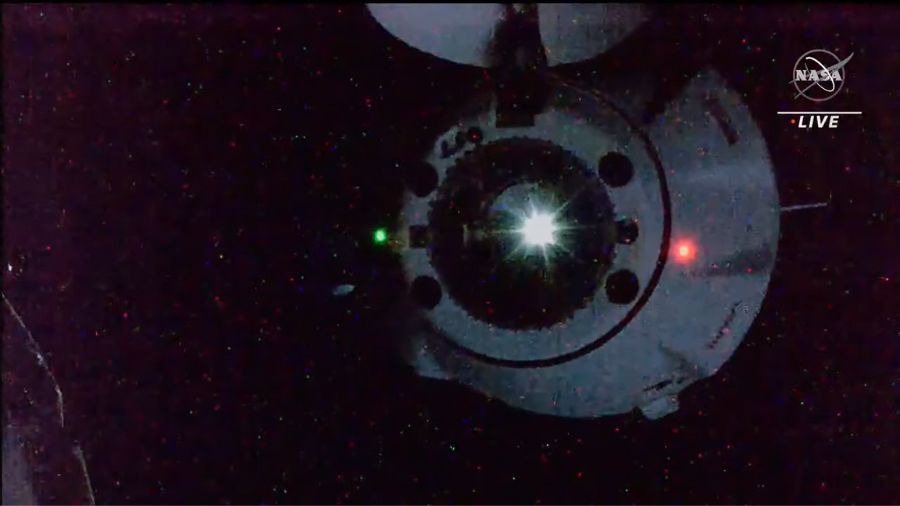
After a month spent docked at the International Space Station (ISS), a three-times-flown Cargo Dragon laden with about 4,300 pounds (1,950 kilograms) of returning science specimens and hardware departed the sprawling orbital complex on Saturday, bound for a parachute-assisted splashdown off the Florida Coast. The CRS-27 mission—flying under the second-round Commercial Resupply Services (CRS2) contract between NASA and SpaceX—entered its homestretch at 11:05 a.m. EDT, when it autonomously undocked from the forward-facing port of the station’s Harmony node, with a return to the waters of the Atlantic Ocean anticipated later today.
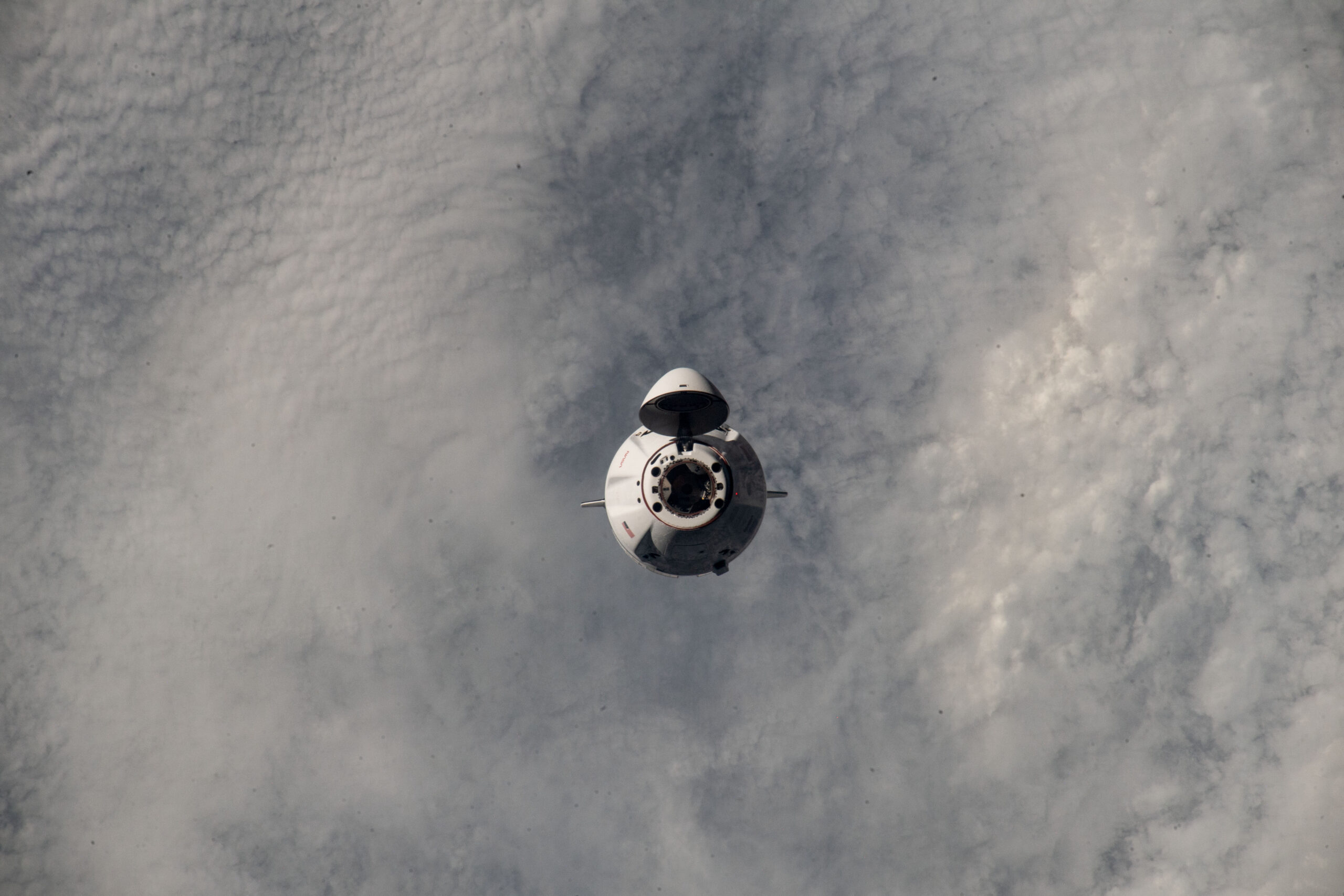
Flying CRS-27 has been the “C209” Cargo Dragon, making her third trek to space after having previously supported the month-long CRS-22 mission in the summer of 2021 and more recently CRS-24, which launched in December 2021 and returned to Earth in January 2022. Across her three flights to date, C209 has accrued about 101 days of on-orbit time, during which she transported more than 20,200 pounds (9,100 kilograms) of cargo to the ISS and returned 14,500 pounds (6,600 kilograms) of experiment samples and unneeded hardware back home.
CRS-27 launched from historic Pad 39A at Florida’s Kennedy Space Center (KSC) at 8:30 p.m. EDT on 14 March, bound for a 35-hour rendezvous regime to reach the sprawling orbital complex. SpaceX’s seven-times-used B1073 core lifted the cargo ship uphill for the opening leg of her journey, becoming the most flight-seasoned Falcon 9 ever to be entrusted with any payload—human or cargo—for the ISS.
After B1073 had delivered her 2.5 minutes of muscle, the Falcon 9’s second stage ignited for a customary six-minute “burn” to deliver CRS-27 into low-Earth orbit. Just under 11.5 minutes after leaving the Space Coast, the cargo ship separated from the booster and at 12 minutes and 22 seconds into the flight its nose cone autonomously opened to reveal the rendezvous sensors it would need to guide its approach to the space station.
In the meantime, preparations to receive CRS-27 had been ongoing for several days, with Expedition 68 Flight Engineer Warren “Woody” Hoburg tasked with monitoring the Cargo Dragon’s automated approach and docking from the multi-windowed cupola. In support of this task, Hoburg completed a session with the Robotics On-Board Trainer (RoBOT) and the other U.S. Operational Segment (USOS) crew members—NASA astronauts Frank Rubio and Steve Bowen, together with Sultan Al-Neyadi of the United Arab Emirates (UAE)—reviewed CRS-27 cargo operations, including references for temporary stowage, location coding and choreography for loading and unloading cargo bags.
Bowen also moved equipment into the cupola to assist with the docking. At 7:31 a.m. EDT on 16 March, about 20 minutes ahead of the timeline, the Cargo Dragon smoothly docked at Harmony’s forward-facing port as the space station flew about 261 miles (420 kilometers) above northeastern China.
After customary pressurization and leak checks, hatches were opened and Al-Neyadi and Rubio were specifically tasked to unpack double cold bags from C209 to transport samples into the station’s Minus-Eighty-Degree Laboratory Freezer for ISS (MELFI). The crew members also began removing fresh food, care packages from home and the first of a multitude of scientific experiments.
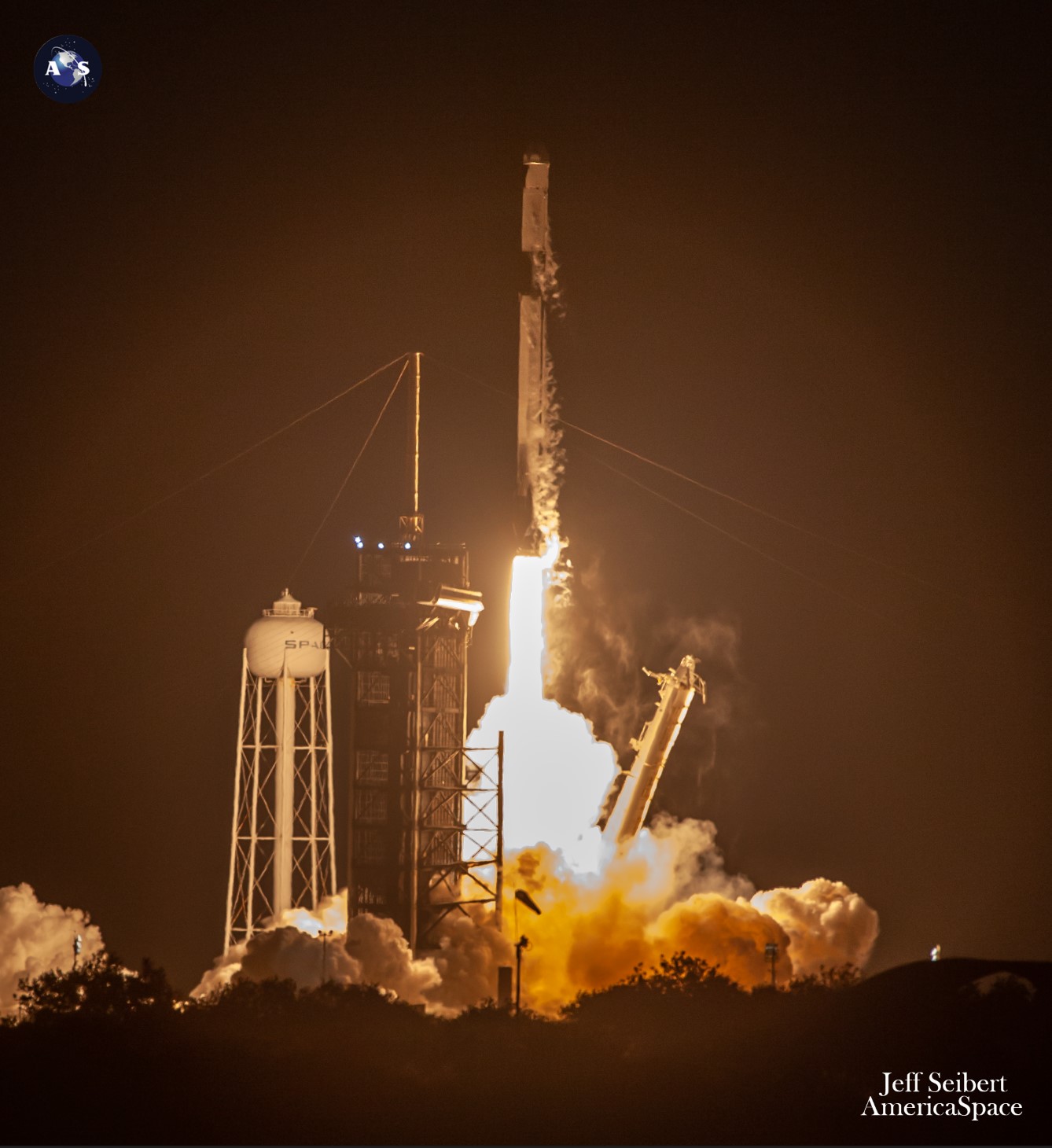
Aboard CRS-27 was about 6,300 pounds (2,850 kilograms) of payloads, including a final pair of experiments for the National Institutes of Health (NIH) and ISS National Laboratory’s Tissue Chips in Space initiative. One experiment, Cardinal Heart 2.0, utilized three-dimensional heart “organoids” to examine whether clinically approved drugs can reduce microgravity-induced changes in heart cell functionality and gene expression. Research to date has seen “significant” observed changes which indicate that long-term spaceflight can damage the heart, with potential effects including cardiac muscle atrophy.
The second investigation, Engineered Heart Tissues (EHT)-2, used 3D-cultured cardiac muscle tissue cells to assess human heart function in weightlessness. Earlier studies conducted during the Expedition 61/62 increment in 2019-2020 observed changes at cellular and tissue levels which might indicate the early onset of cardiac disease, with this latest research thrust seeking to test new therapies to circumvent these negative effects.
For three weeks, from 20 March, the crew conducted regular media changes and sample collections for Cardinal Heart 2.0, together with microscopy and video recordings of the experiment, located in the Life Sciences Glovebox (LSG) in Japan’s Kibo lab. Elsewhere, they gathered hardware for EHT-2, regularly servicing tissue samples, exchanging the media and adding treatments to the appropriate tissue-growth cells.
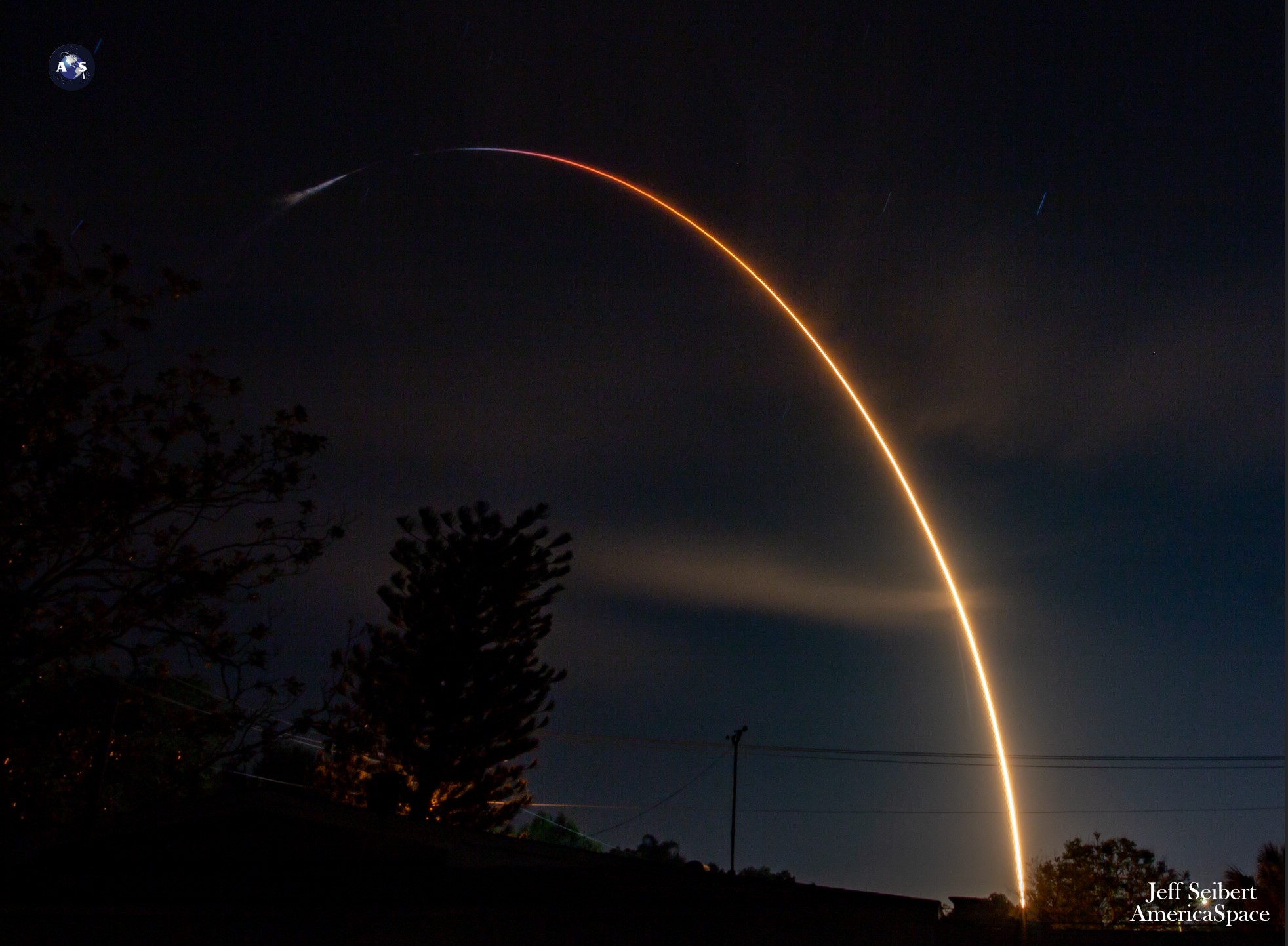
Al-Neyadi and Rubio spent a sizable chunk of their time on the European Space Agency’s (ESA) BioFilms investigation, which seeks to analyze bacterial biofilm formation and the antimicrobial properties of different surfaces to furnish new insights into the development of suitable antimicrobial surfaces for future space missions. The experiment required 24 Kubik containers and samples were storied in a freezer for subsequent return to Earth.
Another experiment, provided by the Japan Aerospace Exploration Agency (JAXA), was Tanpopo-5, which looks to understand the origin, movement and survival of various species of life in space, using radioresistant bacteria, moss spores, amino acids and peptides. As well as offering insights into the origin of life on Earth, Tanpopo-5 may have applications in developing planetary protection strategies to avoid microbial contamination for future Mars habitats. On 20 March, Hoburg installed the Tanpopo-5 hardware and specimens onto the “slide table” in the Kibo lab’s airlock for exposure.
On 19 March, the Space Systems Command’s (SSC) Space Test Program-Houston-9 (STP-H9) payload of eight technology experiments was robotically extracted from the Cargo Dragon’s unpressurized “trunk”, by means of the station’s 57.7-foot-long (17.6-meter) Canadarm2 manipulator. Housing experiments from NASA, the Naval Research Laboratory (NRL), the Air Force Research Laboratory (AFRL), the Air Force Academy and Lawrence Livermore National Laboratory (LLNL), the payload was emplaced on the Exposed Facility (EF) of the Kibo lab.
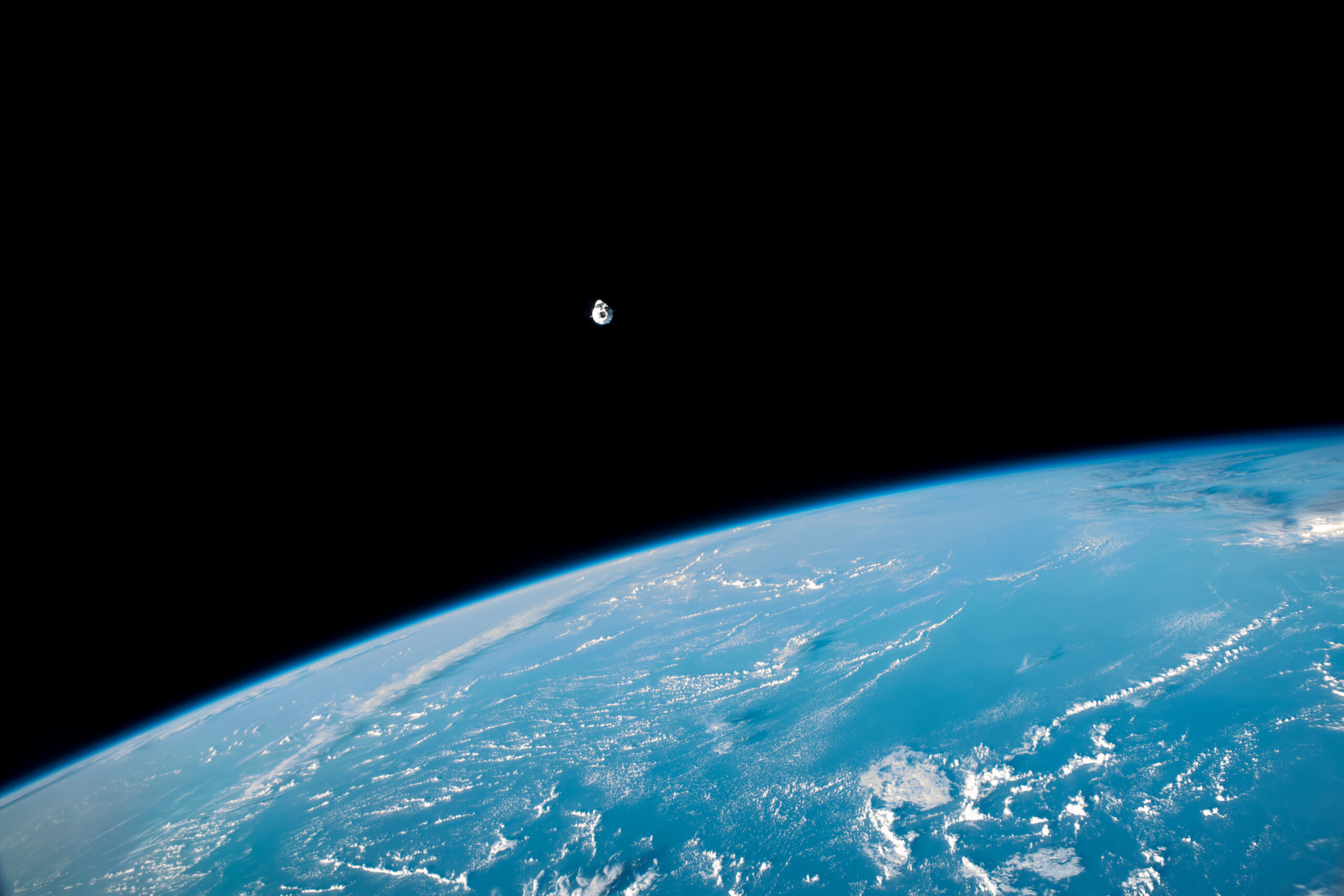
A new U.S. Extravehicular Mobility Unit (EMU) suit was also delivered aboard CRS-27. Late in March, Al-Neyadi unpacked the Short Extravehicular Mobility Unit (SEMU) from the Cargo Dragon’s Launch Enclosure and began to configure it for on-orbit operations by installing the EMU Data Recorder (EDAR) box, antenna and antenna cable.
Also aboard CRS-28 were a pair of CubeSats, developed by students at the University of Arkansas and another from Arizona State University is flying as part of NASA’s Educational Launch of Nanosatellites (ELaNa)-50 mission. Current plans envisage the deployment of CRS-27’s CubeSat haul later in April.
ARKSAT-1 will conduct atmospheric measurements in conjunction with a ground-based spectrometer as part of efforts to alleviate the threat of space debris. It includes a lightweight Solid State Inflatable Balloon (SSIB) to greatly increase ARKSAT-1’s aerodynamic drag, thus aiding its safe re-entry and disintegration at the end of its operational mission.
And LightCube features a flashbulb which can be remotely controlled by amateur radio operators, who will be able to activate the satellite to produce a brief flash, visible from the ground. The flash will be of equivalent brightness as the apparent magnitude of the ISS itself and LightCube is designed to offer worldwide users the chance to “telecommand a spacecraft and observe a tangible and immediate response in the night sky,” said Principal Investigator Jaime Sanchez de le Vega.
By the last days of March, the process of unloading cargo from CRS-27 had wound down and efforts to repack the spacecraft with experiment samples and hardware for return to Earth had begun to wind up. Last Monday, Bowen and Hoburg labored to pack cargo and clean and inspect C209’s docking system and the hatch and seal—with specific emphasis upon possible Foreign Object Debris (FOD) contaminants—at the Harmony interface.
Heading home aboard the Cargo Dragon is about 4,300 pounds (1,950 kilograms) of research hardware, including harvested dwarf tomato samples from the Veg-05 experiment in the station’s Veggie miniature greenhouse. The tomatoes had been harvested at 90, 97 and 104 days and the crew took samples to examine the effects of light quality and fertilizer on their production, microbial safety and nutritional value.
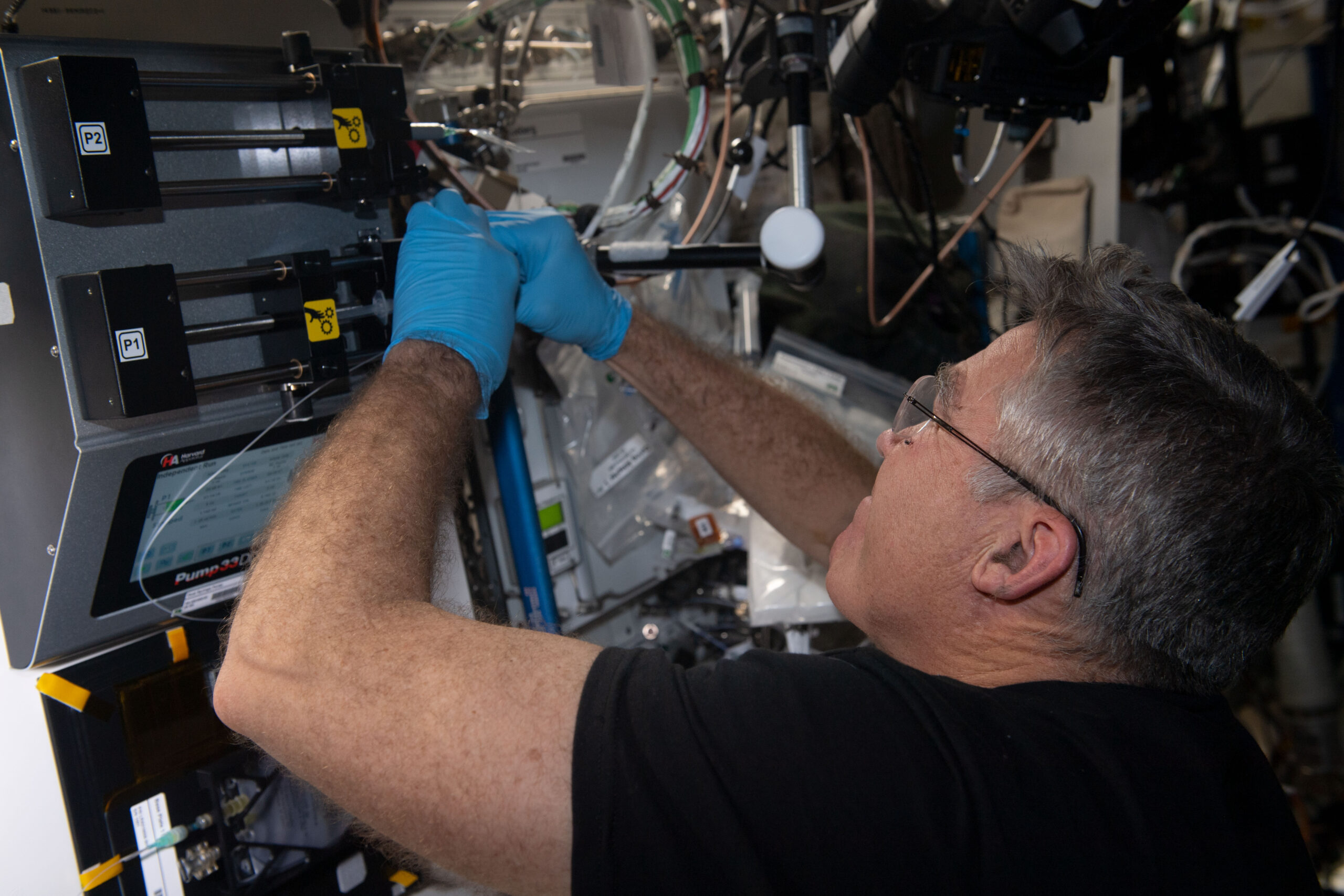
Also aboard C209 are samples of space-producing Silicon-Germanium (SiGe) semiconductor crystals, blood samples from the Canadian-led Vascular Aging investigation into accelerated arterial-wall stiffening and thickening and gel samples from the Solid Fuel Ignition and Extinction-Growth and Extinction Limit (SoFIE-Gel) experiment. The latter sought to evaluate how fuel temperatures affect material flammability, with potential applications in the improvement of crew safety on future missions.
With CRS-27 safely returned to Earth, the first U.S. cargo flight to have been launched in 2023 is now complete. Next weekend, Northrop Grumman Corp.’s NG-18 Cygnus—named in honor of America’s first woman in space, Sally Ride—will depart the ISS, after a stay-time of more than five months.
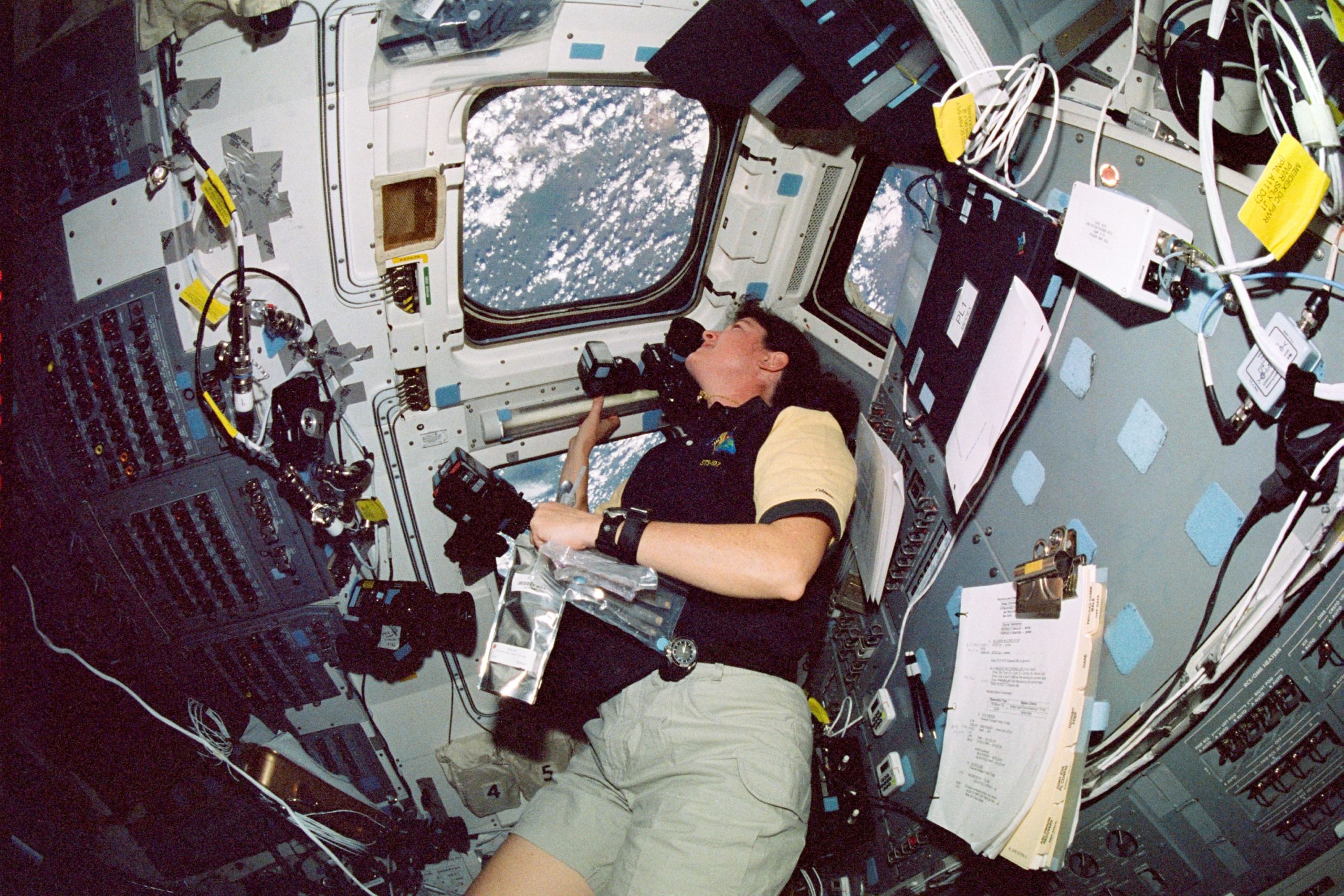
Early in May, the NG-19 Cygnus will arrive, named in honor of STS-107 astronaut Laurel Clark, with an expectation that it will remain berthed at the space station for a couple of months, departing in the July timeframe. A third, as-yet-unnamed Cygnus, NG-20, is targeted to launch in November.
Meanwhile, SpaceX’s next Cargo Dragon, CRS-28, is slated for early June, with the final pair of Boeing-built ISS Roll-Out Solar Arrays (iROSAs) manifested as part of its payload. These will be installed during up to three U.S. sessions of Extravehicular Activity (EVA) over the summer months and will augment Power Channels 1A on the station’s S-4 truss and 1B on the S-6 truss. Both power channels received iROSA modification kits during a pair of Expedition 68 EVAs earlier this spring and cables in support of this work are due to be laid by Expedition 69 spacewalkers Bowen and Al-Neyadi during an EVA on 28 April.




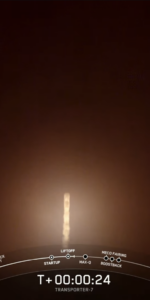
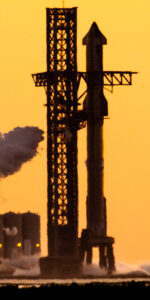
2 Comments
2 Pings & Trackbacks
Pingback:SpaceX Targets Year’s 50th Falcon Launch Tonight, 51st Tomorrow - AmericaSpace
Pingback:SpaceX, ULA Launch Missions, 119 Minutes Apart - AmericaSpace - Digi90